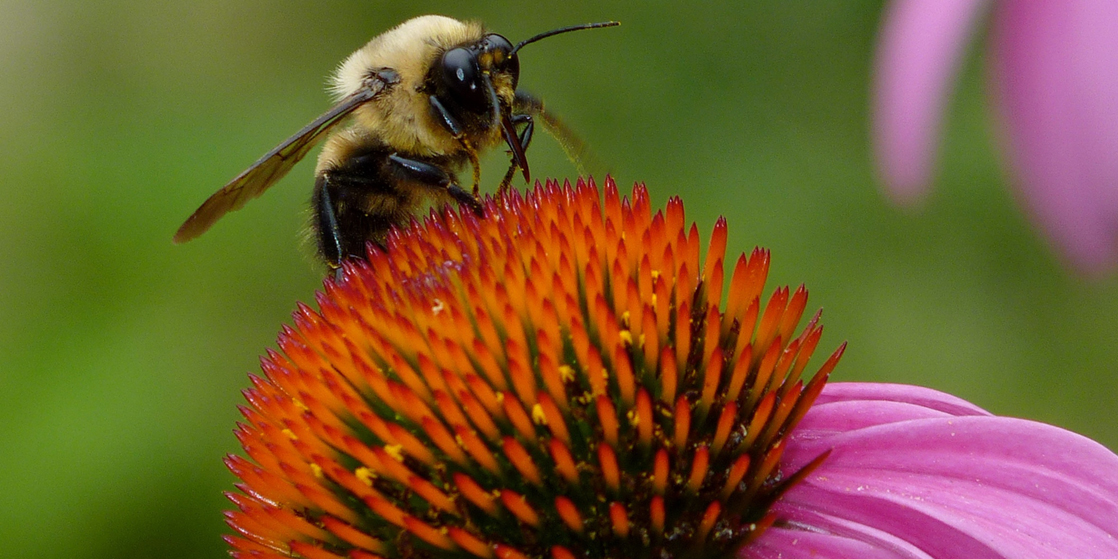31 Introduction to Phylogenies and the History of Life

This bee and Echinacea flower (Figure 1) could not look more different, yet they are related, as are all living organisms on Earth. By following pathways of similarities and changes—both visible and genetic—scientists seek to map the evolutionary past of how life developed from single-celled organisms to the tremendous collection of creatures that have germinated, crawled, floated, swum, flown, and walked on this planet.
Access for free at https://openstax.org/books/biology-2e/pages/1-introduction

